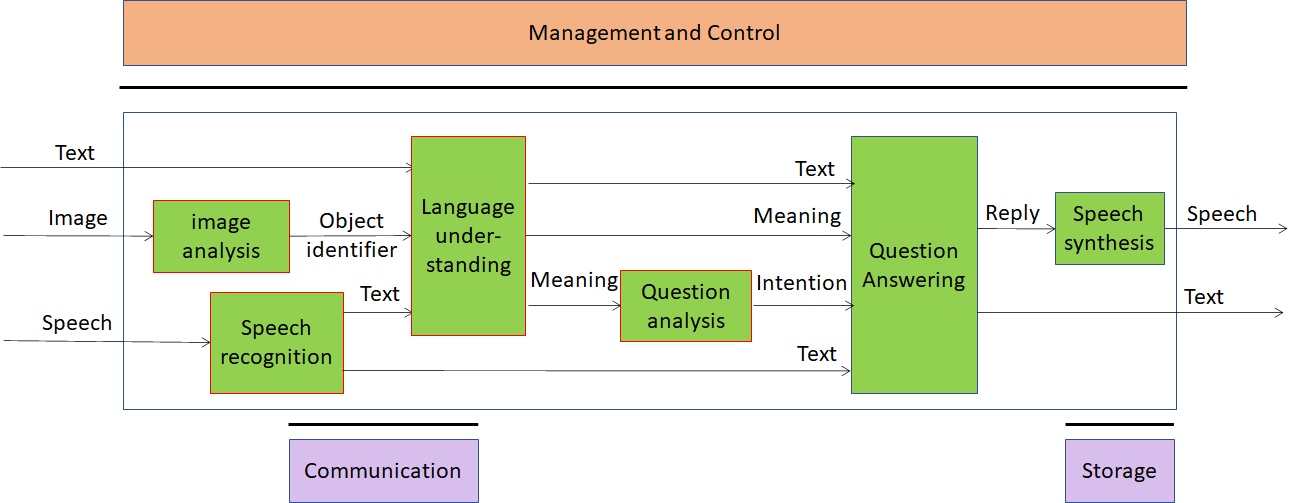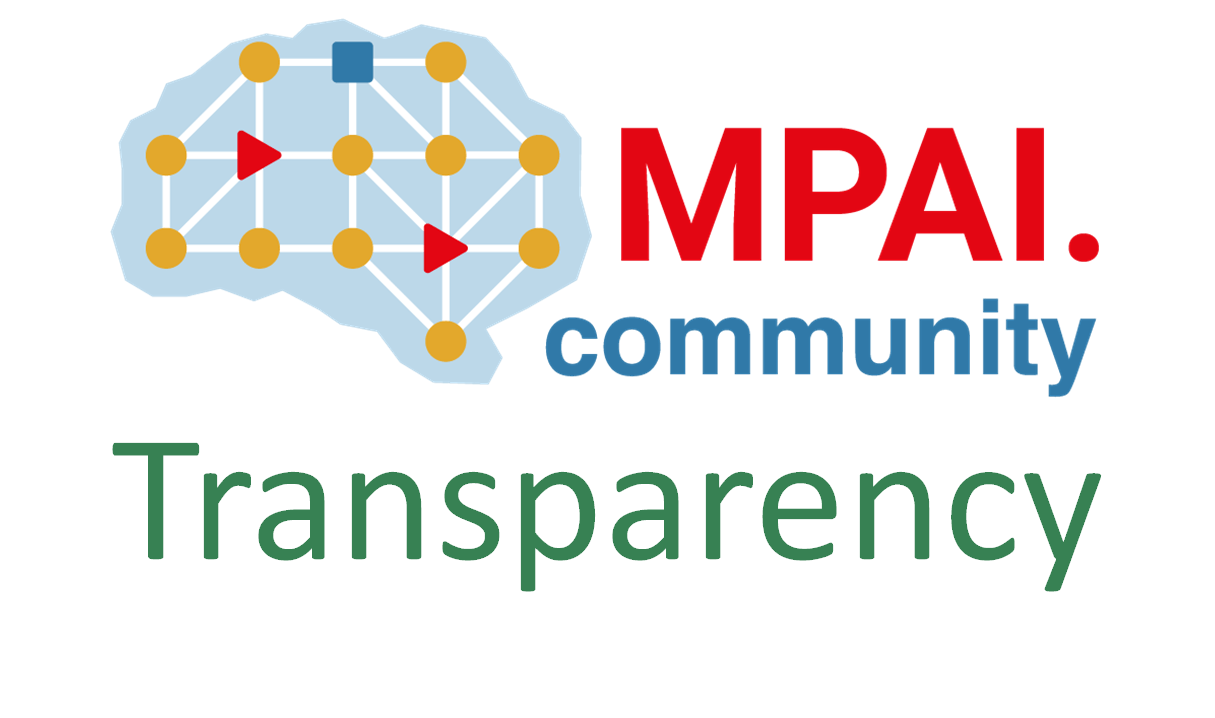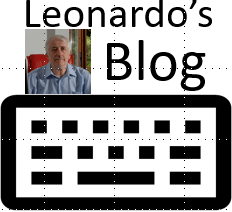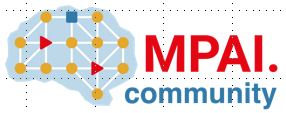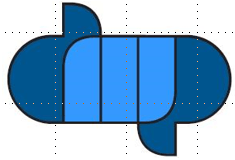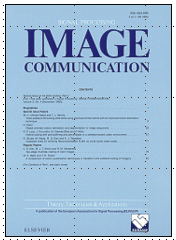MPAI standards and AI explainability
Artificial Intelligence (AI) offers great advantages to humans because an appropriately designed AI system can perform tasks that humans may not wish or be able to do, in ways that have degrees of similarity to what humans do. Advances of AI promise to continuously improve AI system performance. In the early 1940's, science fiction writer Isaac Asimov devised the three laws a robot must obey: 1. don't injure a human or allow a human to be injured, 2. obey a…
